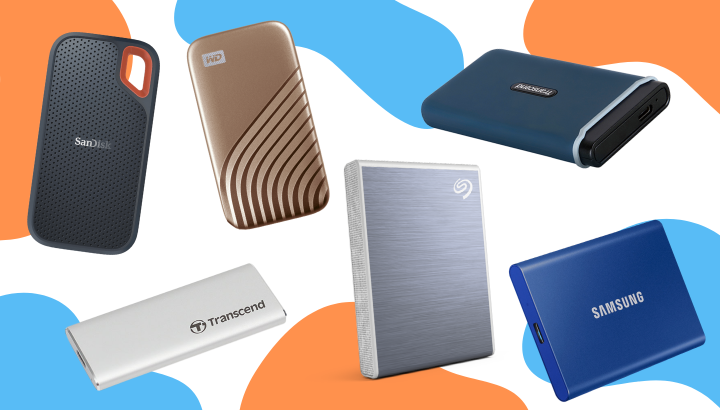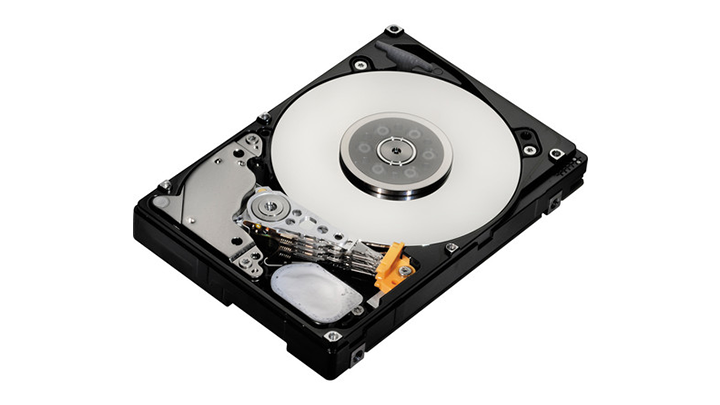
If you’ve ever thought about making your PC or laptop faster, the first thing you’ve probably heard of doing is to “upgrade to an SSD” or “replace your hard drive with an SSD.”
You might have also heard of the term NVMe SSDs thrown around here and there too, especially if you’ve tried shopping around for an SSD.
In this article, we’ll be providing you with a complete guide to what exactly solid-state drives (SSDs) and NVMe SSDs are, what advantages they provide, and whether or not they’re something that you should purchase for your machine.
What are solid-state drives (SSDs)?
To get a better understanding of SSDs, it’s best to look at them side-by-side with the more traditionally used hard disk drive or HDD.

Both SSDs and HDDs are components in a computer used to boot a system and store files, applications, and data.
Hard disk drives (HDD) are the older type of storage device out of the two. HDDs are comprised of multiple “disks” or platters that spin around a spindle, hence the name “hard disk.”

Data is stored on these disks and a mechanical arm accesses these data while it’s spinning. You can think of an HDD as a record player that plays a song or reads and writes data by floating the head over the spinning disk.
On the other hand, solid-state drives (SSDs) don’t have the moving parts that HDDs do. SSDs consist of different microchips or flash memories that can be almost instantly accessed to read and write data.

SSDs are basically bigger and more complicated versions of your USB flash drive.
The main advantage of SSDs over HDDs is speed. HDDs typically read/write files at 30 to 140 MB per second. Meanwhile, SSDs can do the same task at almost 600-5,000 MB per second.
SSDs are also considerably smaller and more durable compared to HDDs.
Types of SSDs
While SSDs are definitely faster than HDDs, there are SSDs out there that are much faster than others.
There are two common types — Serial AT Attachment or SATA and Non-volatile Movement Express or NVMe SSDs.
SATA SSDs are the more common type of SSD, which can work on virtually any computer.

They can provide speeds of up to 600 MB per second and are becoming a less appealing option for storage in the market.
Meanwhile, NVMe SSDs are a much faster type of solid-state storage that use the PCI standard interface and have now become the preferred option in terms of price and performance for SSDs.

This is because NVMe SSDs can offer read/write speeds of up to 3,500-5,000 MB per second, which is a considerable jump from the max-600 MB speeds that SATA drives provide.

While it’s clear that NVMe trumps SATA speeds by a landslide, they are more expensive in terms of price. If you’re merely going to upgrade to an SSD for personal use, SATA may be the best option if you’re on a budget.
However, if your work depends on fast file transfers such as photo and video editing, video production, or content creation, then spending the extra money on NVMe will be worth it.
That ends our quick guide and rundown on all things SSDs. If you’re interested in buying an SSD yourself, do check out our list of the most affordable SSDs under Php 5,000 in the market right now. 16




























i am amazed how optical drives on laptops can be turned into an SSD slot via a caddy.
NVMe: Non-Volatile Memory Express (not movement)
https://en.m.wikipedia.org/wiki/NVMe
if you’re upgrading from hdd to sdd, you should not only consider price and performance when chosing between sata and pcie nvme. you should also consider whether your pc accepts sata and/or pcie nvme as the two interfaces are not compatible with each other. older model pc’s, especially the much older ones, may not have an interface for pcie drives.
Thanks for the additional notes.